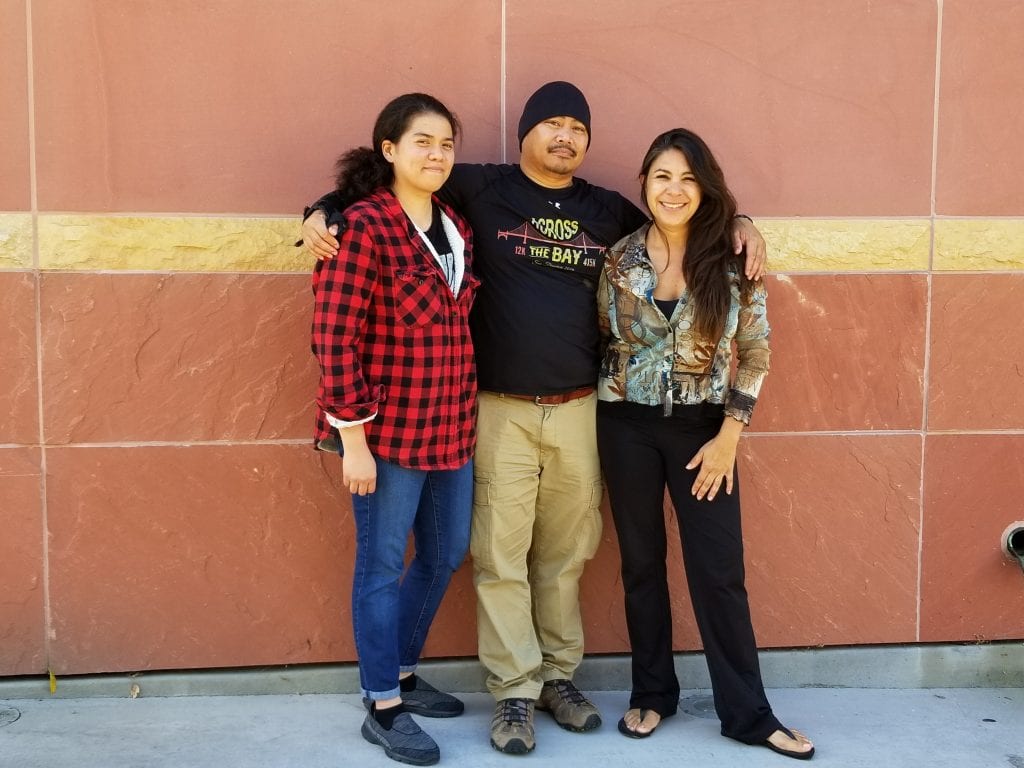
Students Aurelyn Ancheta, Joanna Peet and Anthony Abuyen will present their analysis of content on ESPN and ESPNW at a Student Research Fair October 15. Photo: Melissa Anderson
As San Jose State University’s Institute for the Study of Sport, Society and Social Change prepares to celebrate the 50th anniversary of Spartans Tommie Smith and John Carlos taking a stand for human rights at the 1968 Olympics, a new crop of students will be sharing their own research and ideas around how sports and athletes can change the world. The inaugural Institute for the Study of Sports, Society and Social Change Student Research Fair will feature the research and scholarly work of more than 50 students from several departments across campus, according to Interim Director of the Institute and Professor of Sport Sociology and Sport Psychology Ted Butryn.
The Student Research Fair will be Oct. 15, from 9 a.m. to noon, in the Diaz Compean Student Union Ballroom. It will kick off with a keynote address by Marques Dexter, a third-year PhD student from the University of Georgia. Dexter is studying sports management and policy with a research focused on the racial, athletic and academic identities of African-American male athletes.
“There are three central pillars for the Institute—research, programming and education,” Butryn said. “This ties into all three. Monday morning on the 15th (of October) will be the kick off of an incredible week of events.”
The students involved in the research fair fall into three categories: some will be presenting proposals for future research studies, others will be presenting posters related to the subject of this year’s Campus Reading Program book The John Carlos Story, and several teams of students have completed research and analyzed data.
Many of the student research teams worked on their projects over the summer, not for course credit, but for the experience of participating in important scholarly work. Aurelyn Ancheta, Joanna Peet and Anthony Abuyen, all kinesiology undergraduates who plan to graduate in 2019, were encouraged by Professor Bethany Shifflett to work on a research project. They all were enrolled in Shifflett’s Measurement and Evaluation course, where they formed a study group.
“I thought, ‘Yes, it’s finally my first chance to do research,’” said Ancheta, who also shared that the experience has opened her to the possibility of pursuing a career in research.
The students set about analyzing the content on ESPN and ESPNW, a spin-off site that targets female readers, to see how much coverage each provided of female athletes. They will represent their findings from analyzing the content on both sites for three weeks over the summer at the Student Research Fair.
Abuyen found working as part of a team to be the most rewarding part of the experience.
“We all have school, work and exams, but if I wasn’t there I felt like I was letting them down,” he said.
Ancheta estimated the team spent well over 160 hours setting up their hypothesis, creating a method for collecting data, reviewing articles and analyzing their findings.
“I learned hard work and dedication is important to answer the questions that we need to answer,” said Peet, who wants to become an adaptive physical education teacher after she graduates. “Even with more awareness of female sports since Title IX started, women athletes are still underrepresented. In Sports Illustrated only two percent of the coverage consists of women. We are fighting for more female representation.”
Butryn said his department has taken the first step toward creating a new interdisciplinary minor in sports and social change that will broaden the opportunity for undergraduate students to engage in research in the coming years. The proposed minor is being reviewed at the College of Health and Human Sciences Curriculum Committee. After any revisions, if it the minor is approved at the college level, it will go to the University level for review.
“We look forward to making any necessary modifications so that, if all goes well, a year from now the research fair is one of the central experiences of all students in the minor,” Butryn said.
For a full list of events and activities, including tickets to the Oct. 17 Words to Action: Landmarks and Legacy of Athlete Activism Town Hall, visit the Institute website.




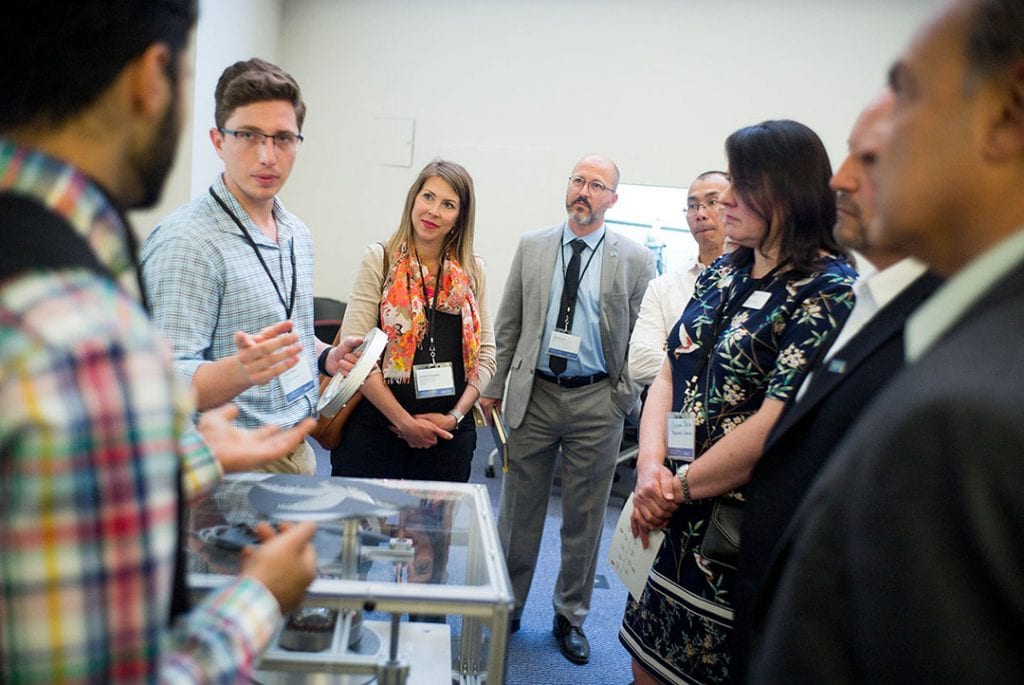
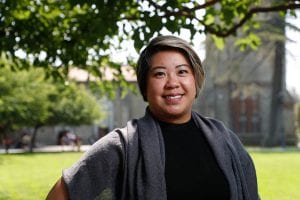

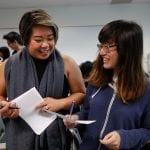
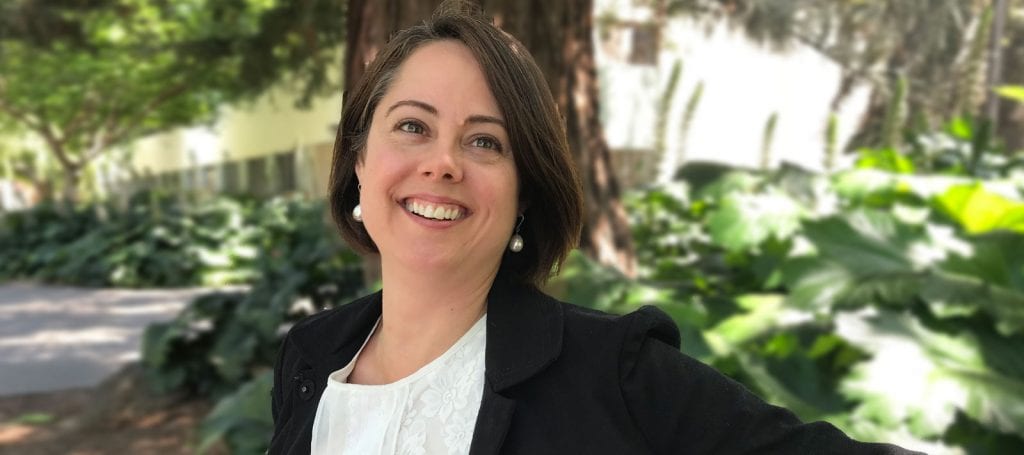
 MY EMPATHY FOR OTHERS AND DRIVE TO HELP ARE AT THE CORE OF WHO I AM AS A PERSON.
MY EMPATHY FOR OTHERS AND DRIVE TO HELP ARE AT THE CORE OF WHO I AM AS A PERSON.